This year, in mid June, we established Bequia's first coral nursery with plans to regenerate the reef at Devils Table and other areas along the leeward coast.
The finished product was the culmination of nearly five years of planning, talking and finally doing where I drove everyone nuts with all my questions. Now we have the first ten nursery trees fully stocked with acropora palmata (Elkhorn), we will continue to pursue expansion of the nursery and, in the future, add different species.
Over the next ten to twelve months we'll be keeping the nursery structures clean to give the growing corals the best chance possible for survival and growth. When the corals have reached an optimum size they will be out planted onto the reef where we will continue to record their progress.
From choosing a coral to harvest to hanging a fragment, each step is meticulously recorded. We log where the coral came from, take before and after photos, assign each stand its own "tree" and track survival rates. This will enable us to see if corals from some areas do better than others.
None of this would have been possible without funding from the SVG Conservation Fund who granted us the funds to establish the nursery and to keep the project going through at least two out planting cycles.
We also couldn't have undertaken the project without Ken Nedimyer of Nedimyer Consulting Services. Ken took us "from soup to nuts" providing us with the materials and knowledge to establish our nursery. Ken, his wife Denise, and volunteers Andrew and Deidre gave us hands on help to build and stock the nursery. From tools to techniques, there is nothing they haven't thought of in the process of building a nursery and they work with lightening speed and unwavering energy!
If you would like a snorkel tour of the nursery or would like to be involved in the maintenance of a tree, we would be happy to supply you with information.
Follow us on Facebook and Instagram to keep track of the latest news with the project.
Instagram dive_bequia
Facebook Dive Bequia
Cathy
The finished product was the culmination of nearly five years of planning, talking and finally doing where I drove everyone nuts with all my questions. Now we have the first ten nursery trees fully stocked with acropora palmata (Elkhorn), we will continue to pursue expansion of the nursery and, in the future, add different species.
Over the next ten to twelve months we'll be keeping the nursery structures clean to give the growing corals the best chance possible for survival and growth. When the corals have reached an optimum size they will be out planted onto the reef where we will continue to record their progress.
From choosing a coral to harvest to hanging a fragment, each step is meticulously recorded. We log where the coral came from, take before and after photos, assign each stand its own "tree" and track survival rates. This will enable us to see if corals from some areas do better than others.
None of this would have been possible without funding from the SVG Conservation Fund who granted us the funds to establish the nursery and to keep the project going through at least two out planting cycles.
We also couldn't have undertaken the project without Ken Nedimyer of Nedimyer Consulting Services. Ken took us "from soup to nuts" providing us with the materials and knowledge to establish our nursery. Ken, his wife Denise, and volunteers Andrew and Deidre gave us hands on help to build and stock the nursery. From tools to techniques, there is nothing they haven't thought of in the process of building a nursery and they work with lightening speed and unwavering energy!
If you would like a snorkel tour of the nursery or would like to be involved in the maintenance of a tree, we would be happy to supply you with information.
Follow us on Facebook and Instagram to keep track of the latest news with the project.
Instagram dive_bequia
Facebook Dive Bequia
Cathy
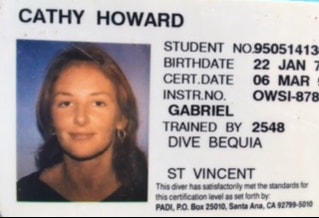
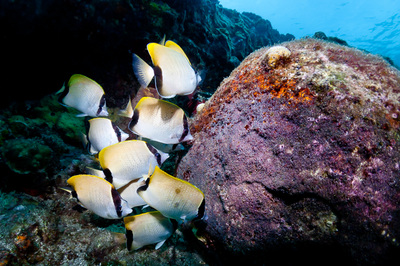
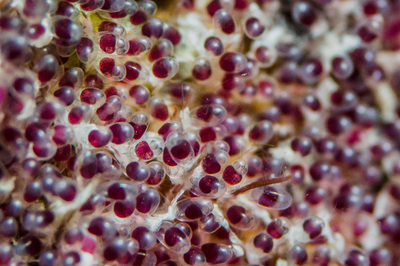
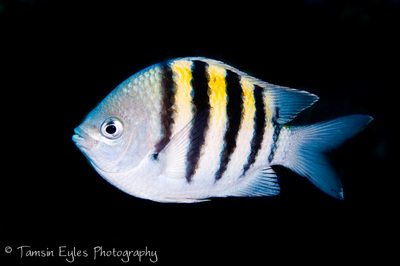
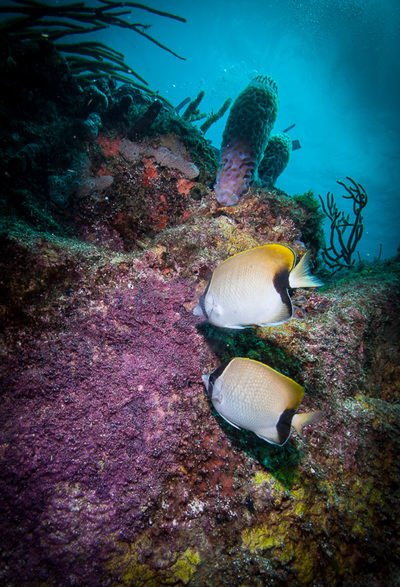
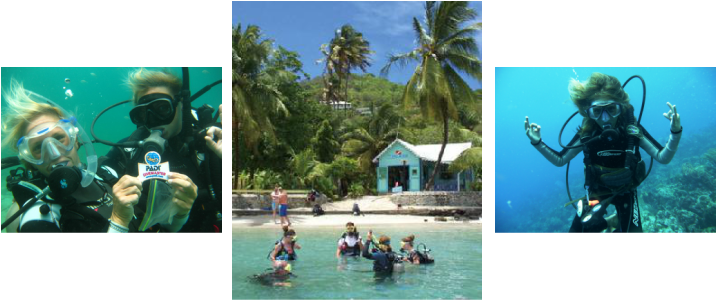
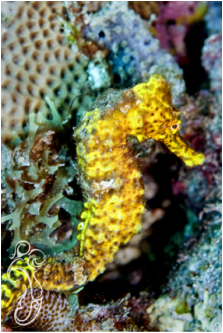
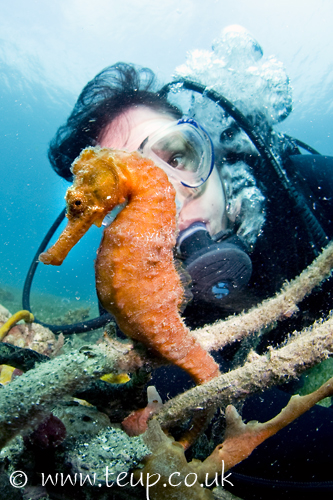
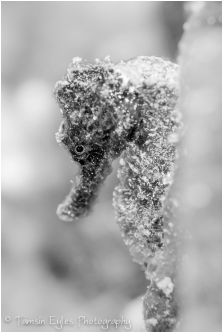
 RSS Feed
RSS Feed